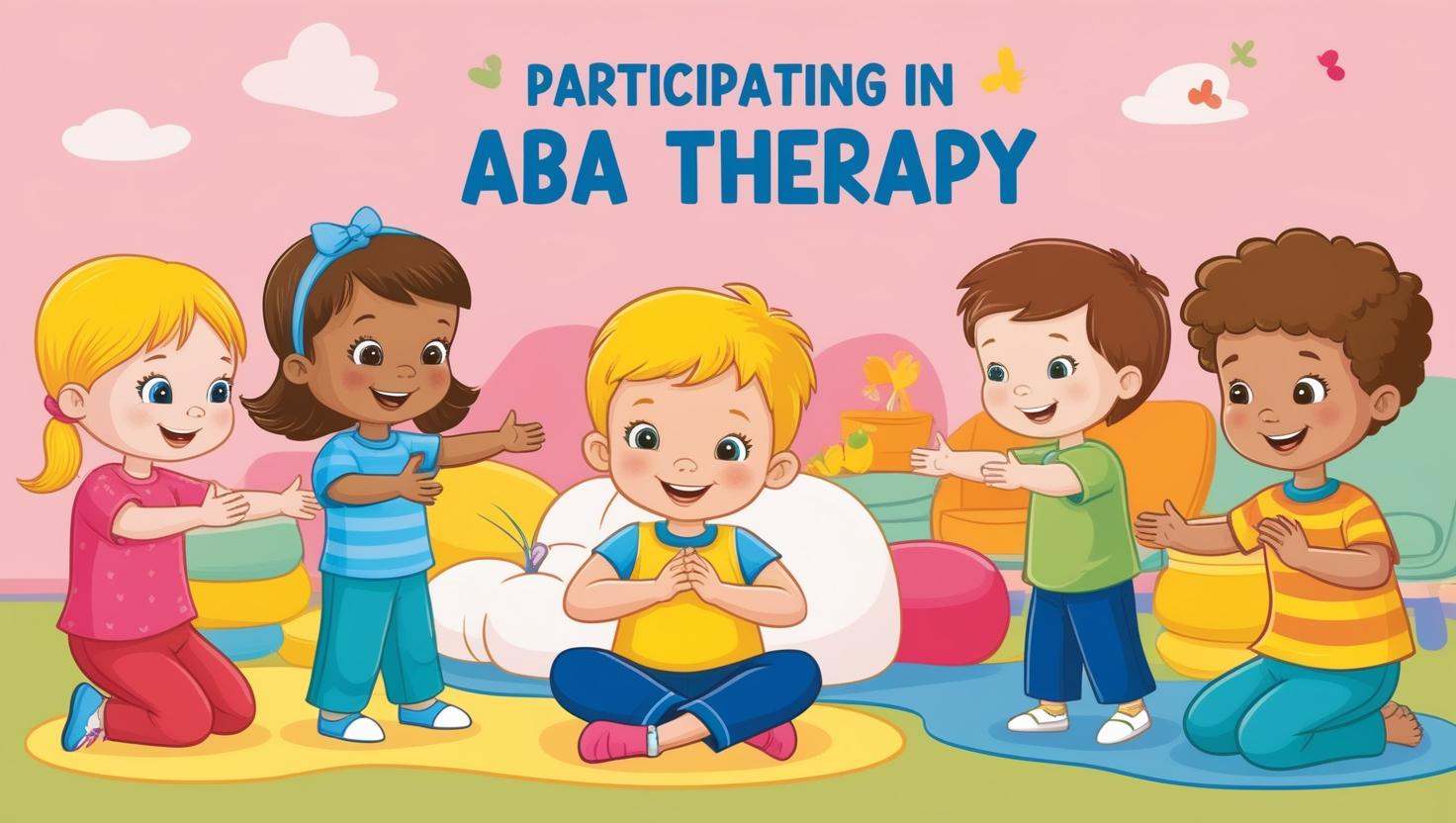Parenting, teaching, or working with children often means navigating the occasional tantrum. While these moments can be challenging, they also offer incredible opportunities for learning and growth. Applied Behavior Analysis (ABA)—a scientifically rooted method for understanding and influencing behavior—is a valuable tool for turning these challenging situations into productive experiences. If you’re a parent, educator, or ABA therapist, this guide will help you leverage ABA strategies, like the Antecedent-Behavior-Consequence (ABC) analysis, to address tantrums with compassion and structure.
What is ABA?
Applied Behavior Analysis (ABA) focuses on understanding behavior through measurable and observable data. One of the core principles of ABA is its systematic approach to uncovering why behaviors occur and determining the best way to respond. ABA doesn’t just curb undesirable behaviors; it helps foster positive, functional behaviors that yield long-lasting benefits.
By breaking down behaviors into clear, understandable patterns, ABA enables caregivers to create environments where children thrive. This methodology is particularly effective when working with children who experience developmental, cognitive, or behavioral challenges.

The Role of ABC Analysis in Managing Tantrums
A significant aspect of ABA is the Antecedent-Behavior-Consequence (ABC) analysis. This tool helps identify the triggers (antecedents) and outcomes (consequences) that influence a child’s behavior. Here’s a closer look:
- Antecedent: What happens right before the behavior occurs? It might be an event, request, or environmental factor.
- Behavior: What is the specific action or reaction the child exhibits? This should be described clearly and without interpretation (e.g., “throwing toys” instead of “acting out”).
- Consequence: What happens immediately after the behavior? This could include attention, removal from an activity, or another outcome.
By using ABC analysis, you can start to identify patterns in a child’s behavior. For example, if tantrums occur frequently during transitions, adjustments to how transitions are handled can help reduce the challenging behavior in the first place.
Why Turn Tantrums into Teachable Moments?
Tantrums aren’t just difficult; they’re also clues. Children communicate through their behaviors, especially when they lack the words to express their needs or feelings. By analyzing and responding to tantrums constructively, you can teach:
- Effective communication: Instead of yelling for attention, children can learn to ask for help or express feelings appropriately.
- Coping mechanisms: Teach children how to handle frustration, fear, or disappointment in healthier ways.
- Problem-solving skills: Guide them to address challenges with curiosity rather than overwhelm, fostering resilience.
Practical Steps to Manage and Teach with ABA Strategies

1. Understand the Antecedents
When a tantrum occurs, take a mental step back and ask yourself:
- What happened just before?
- Was the child hungry, tired, or overstimulated?
- Was a transition occurring that lacked preparation?
This reflection helps you avoid inadvertently creating situations that lead to frustration.
2. Reinforce Positive Behavior
Praise and reinforce desired behaviors, even when they seem small. For example, saying, “I love how you used your words to tell me you’re upset” reinforces positive communication, making it more likely the child will repeat that behavior moving forward.
3. Shape Behavior Through Consequences
Consequences don’t always mean discipline. They simply represent the outcomes that follow a behavior. For example:
- If a tantrum leads to attention, the behavior is reinforced.
- If calm communication leads to praise or rewards, this behavior is encouraged instead.
Using consistent, clear consequences aligned with your teaching goals will help children understand which behaviors achieve desired outcomes.
4. Focus on Skill Development
Tantrums often stem from deficits in communication, patience, or problem-solving skills. ABA allows you to proactively teach these skills through manageable goals and positive reinforcement.
5. Create a Supportive Environment
Adjust the child’s environment to minimize triggers. For instance:
- If transitions are difficult, use visual schedules or timers to provide clear structure.
- If overstimulation causes meltdowns, design a calming corner or use noise-reducing headphones.
6. Educate Yourself with Professional Tools and Training
If you’d like to deepen your understanding of ABA principles, consider additional resources like MindMeld: Aspire. With various levels of training, MindMeld empowers educators, caregivers, and therapists to implement data-driven, evidence-based strategies. Learn more about how this program blends ABA techniques with classroom-specific strategies on Bridge to Tomorrow’s MindMeld Training page.
Building a Stronger Bond Through ABA

Managing challenging behaviors like tantrums is not just about stopping the negative behavior; it’s about creating new opportunities for teaching, connection, and growth. By using thoughtful strategies rooted in ABA, you can help children learn and thrive in every stage of their development. And, most importantly, you build a stronger bond of mutual respect and understanding.
For more information on how you can use ABA techniques to create positive change, visit Kaleidoscope Interventions to learn about their programs and mission.


